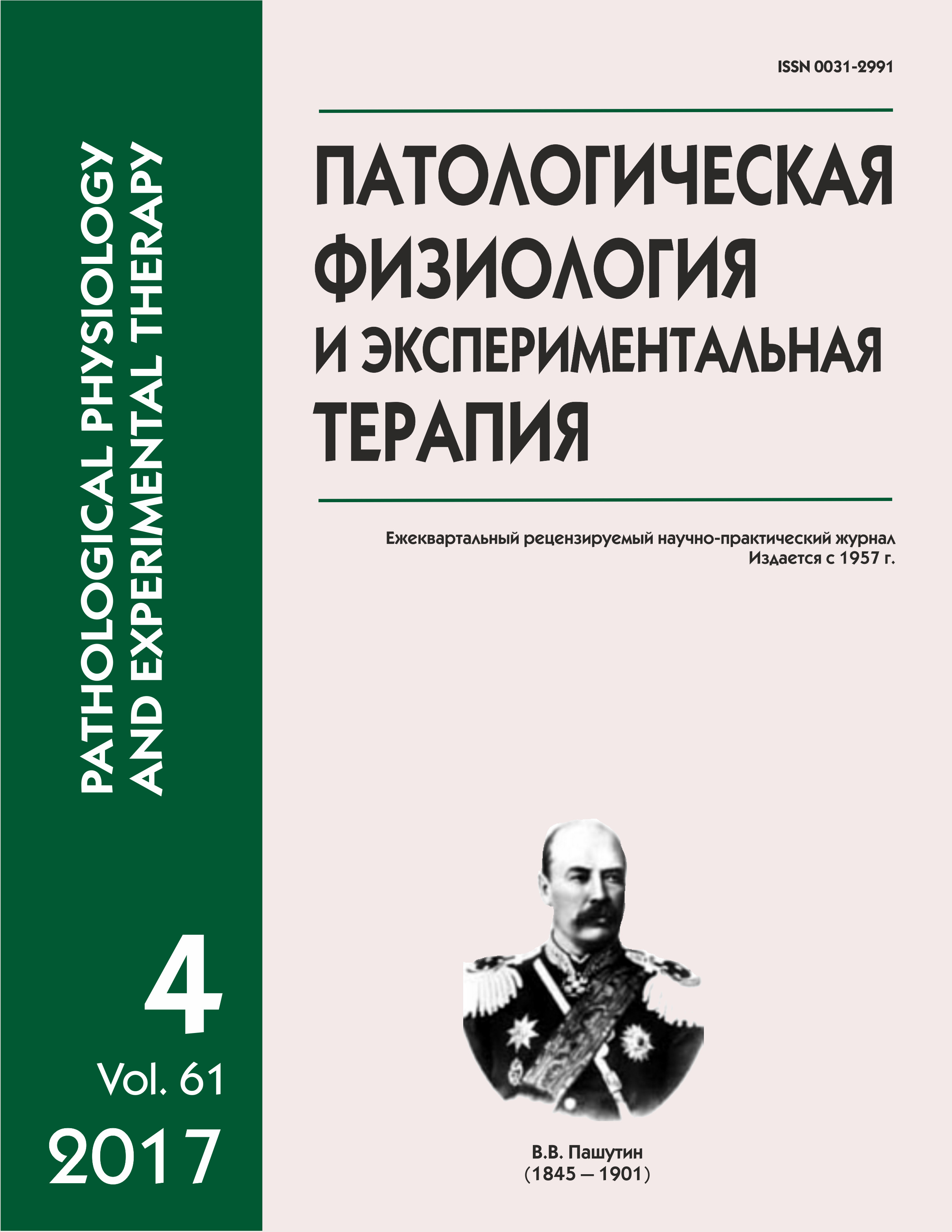Genetic predictors for symptoms recurrenсe in coronary artery disease after percutaneous coronary intervention
DOI:
https://doi.org/10.25557/IGPP.2017.4.8527Keywords:
percutaneous coronary intervention, genes of thrombophilia, restenosis and in-stent thrombosis, coronary heart disease, hemostasis.Abstract
Genes of thrombosis and folate metabolism play an important role in development and progression of coronary artery disease (CAD). However, a possible role of polymorphic markers in CAD relapse following percutaneous coronary intervention (PCI) is not sufficiently understood. Background. Reports have indicated an association of genetic factors generally related with thrombophilia and recurrence of symptoms for coronary artery disease (CAD) following a percutaneous coronary intervention (PCI) due to restenosis and in-stent thrombosis. However, the relapse can also be caused by progression of atherosclerosis and endothelial dysfunction in unoperated blood vessels. Aim: To assess the role of genetic risk factors involved in thrombosis and folate metabolism (polymorphic markers of F5, F2, F13A1, PAI1, HPA1, MTHFR, and FGB genes) in recurrence of CAD symptoms after PCI. Methods: The study included 90 patients with CAD aged 40—75; 75 of these patients had undergone elective PCI (60 men and 15 women) and 15 patients — emergency PCI (12 men and 3 women). Molecular genetic tests were performed using a CVD StripAssays® reagent kit (ViennaLab Diagnostics GmbH, Austria) to identify the following genetic variations: F5, F2, F13A1, PAI1, HPA1, MTHFR, and FGB. Results: The study results showed a significant association of the G103T (Val34Leu) polymorphism in the F13A1 gene with relapses of IHD after PCI. Significant differences were found in genotype distribution frequencies of the Val34Leu polymorphism in the F13A1 gene. The frequency of Val/Val genotype was higher in patients with complications than without complications, 0.700 and 0.400, respectively (c2 = 7.78, p = 0.020). Furthermore, the Val/Val genotype can be classified as a risk factor for complications (OR = 3.50; 95% CI, 1.37—8.93). The L allele frequency was lower in patients with complications than in those without complications (0.167 and 0.375, respectively, p = 0.004), and carriage of the L allele reduced the likelihood of complications (OR = 0.33; 95% CI 0.15—0.72). Conclusion: Carriage of the 34V variant in the F13A1 gene that encodes the coagulation factor XIII A subunit predisposes to a relapse of CAD symptoms after PCI.Downloads
Published
2017-12-18
Issue
Section
Original research
How to Cite
[1]
2017. Genetic predictors for symptoms recurrenсe in coronary artery disease after percutaneous coronary intervention. Patologicheskaya Fiziologiya i Eksperimental’naya Terapiya (Pathological physiology and experimental therapy). 61, 4 (Dec. 2017), 81–86. DOI:https://doi.org/10.25557/IGPP.2017.4.8527.






